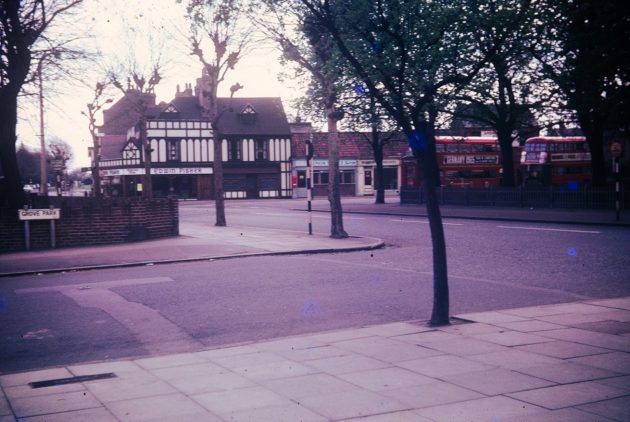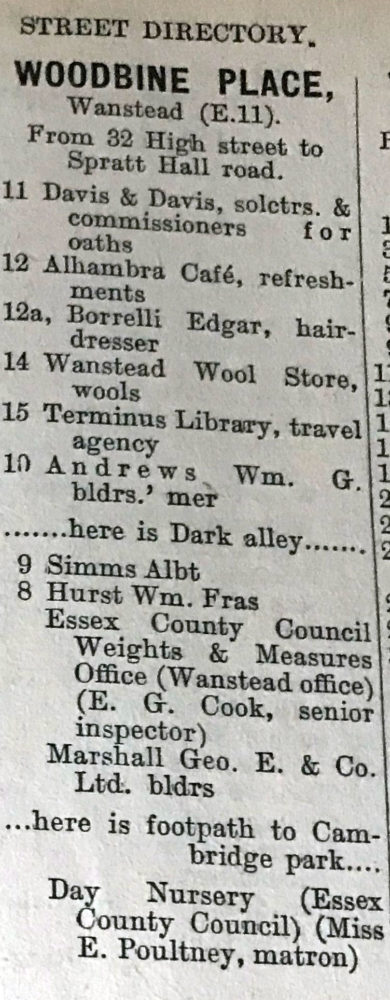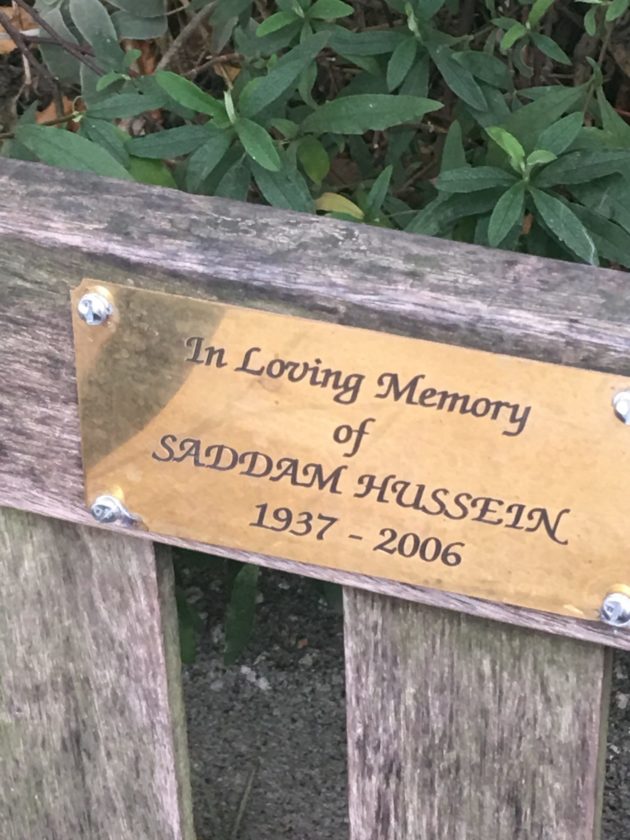
As the crunch vote in the House of Commons approaches on Tuesday, in the interests of public information, here is an excerpt of an email John Cryer MP sent at the end of last year to Wanstead and Leyton constituents who had written to him (“sometimes dozens a day,” he says) setting out his position.
It makes clear he will not be voting in favour of Theresa May’s Brexit deal, but that he also does not support a people’s vote. He voted leave in the first referendum, and his view does not seem to have changed. He wrote:
I am very much opposed to the prime minister’s deal. Britain has never signed up to a treaty from which it is unable to extricate itself unilaterally (including the Treaty of Rome and every other EU country) and I doubt any other country would put itself in such an invidious position.
John Cryer, letter to constituents, 20 December 2018
I am an internationalist and always have been. That means working openly with countries with whom we have a great deal in common. We cannot turn inward and ignore the rest of the world and I don’t think we will.
East London has always welcomed migrants and hopefully always will. That’s what makes Leyton and Wanstead such an interesting place. Leaving the EU must not change that and there is no reason why it should.
I have never been shy on my views on the European Union. As I have previously said I took no part in any campaign during the referendum not had any connection to any such campaign. I exercised my right to vote as any other individual did. I did not vote Leave because I am a nationalist or a bigot as some people have suggested when contacting myself or my office. People voted Leave for a huge variety of reasons; in my case due to the EU’s lack of democracy, accountability and transparency. I have always supported the right of EU nationals to remain in Britain and I have supported two campaigns to that effect.
I recognise that 59.1% of voters in Waltham Forest and 54% of voters in Redbridge supported remaining in the EU, but this was a national referendum. Many people who voted to remain acknowledge that their view did not prevail in the referendum, and now want the process to be fulfilled as effectively as possible. Many of my colleagues across the House of Commons voted Remain (some actively campaigning) but the areas they represent frequently voted to Leave.
Many have raised with me the desirability of a second referendum. While I can see why this is being put forward I cannot agree. I believe that the continual raising of this prospect has done no good in persuading the EU negotiators to offer us a good deal as they want see the UK reject the opportunity to leave. It would also be a catastrophic blow to the confidence that millions of people have in our democracy if having made a decision they were told to try again until they gave the “correct” answer. There is little evidence thus far that substantial numbers of Leave voters have changed their minds, the polling I have seen shows such small samples of voters per constituency and it is impossible to extrapolate a reasonable conclusion from it. MPs now have an obligation to implement this national decision. I do not see a second referendum as some sort of magic bullet that will get us out of an extremely difficult situation – simple solutions to complicated situations are often anything but. My fear is that another plebiscite would divide the country even more deeply and bitterly than the situation we have now. I am always prepared to listen to arguments, unlike, I might add, some people on both sides who are just not listening. However, the above is a very real fear, certainly without any really profound evidence that Brexit areas have seen a shift in opinion.
I want to see a future that addresses the inequalities in our society. These should range from new trade deals with the parts of the world that will form the majority of growth in the global economy this century (as opposed to the EU bloc, which is growing the slowest), to changing our immigration rules so that we no longer discriminate against people from Africa, the Caribbean and Asia as we currently do. Other opportunities will exist for us to implement better agricultural, fishing, and animal welfare standards, as well as giving us the freedom to support industry and renationalise public services in a way that the EU currently forbids us from doing. None of these benefits are guaranteed of course; they will be dependent on the decisions made by future governments. But they will be our governments, elected by the voters and can be voted out of office by the British people if they disagree with their decisions. The most powerful EU decision-makers – such as the council of ministers and those who run the commission and the ECB – cannot be removed by voters.
When the deal is finally put before parliament I would expect the prime minister to lose although an awful lot can change between now and then. However, in the event of a government defeat I would expect the Labour Party to table a no-confidence motion in the government. There is a narrow chance of winning that, which may just be the first step toward seeing a Labour government which can deal with the terrible consequences of eight years of austerity.




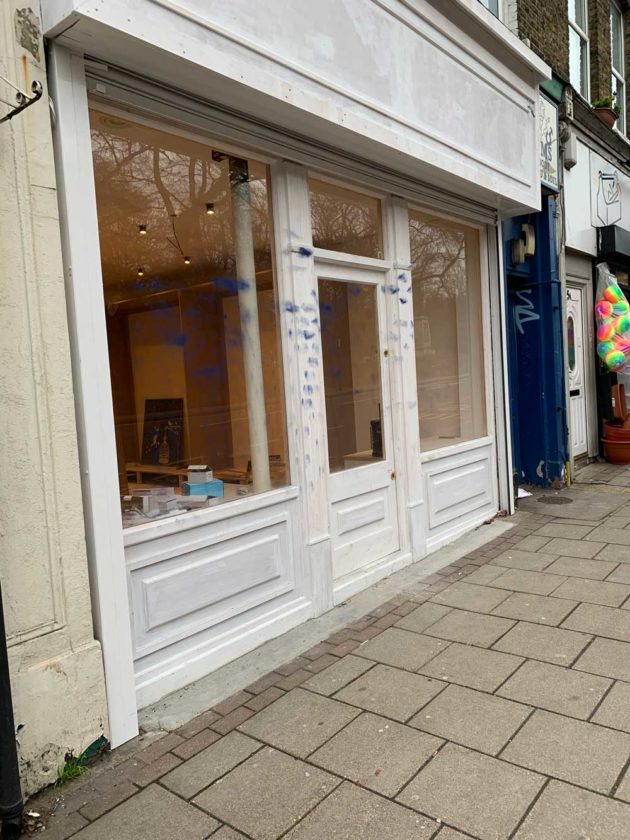

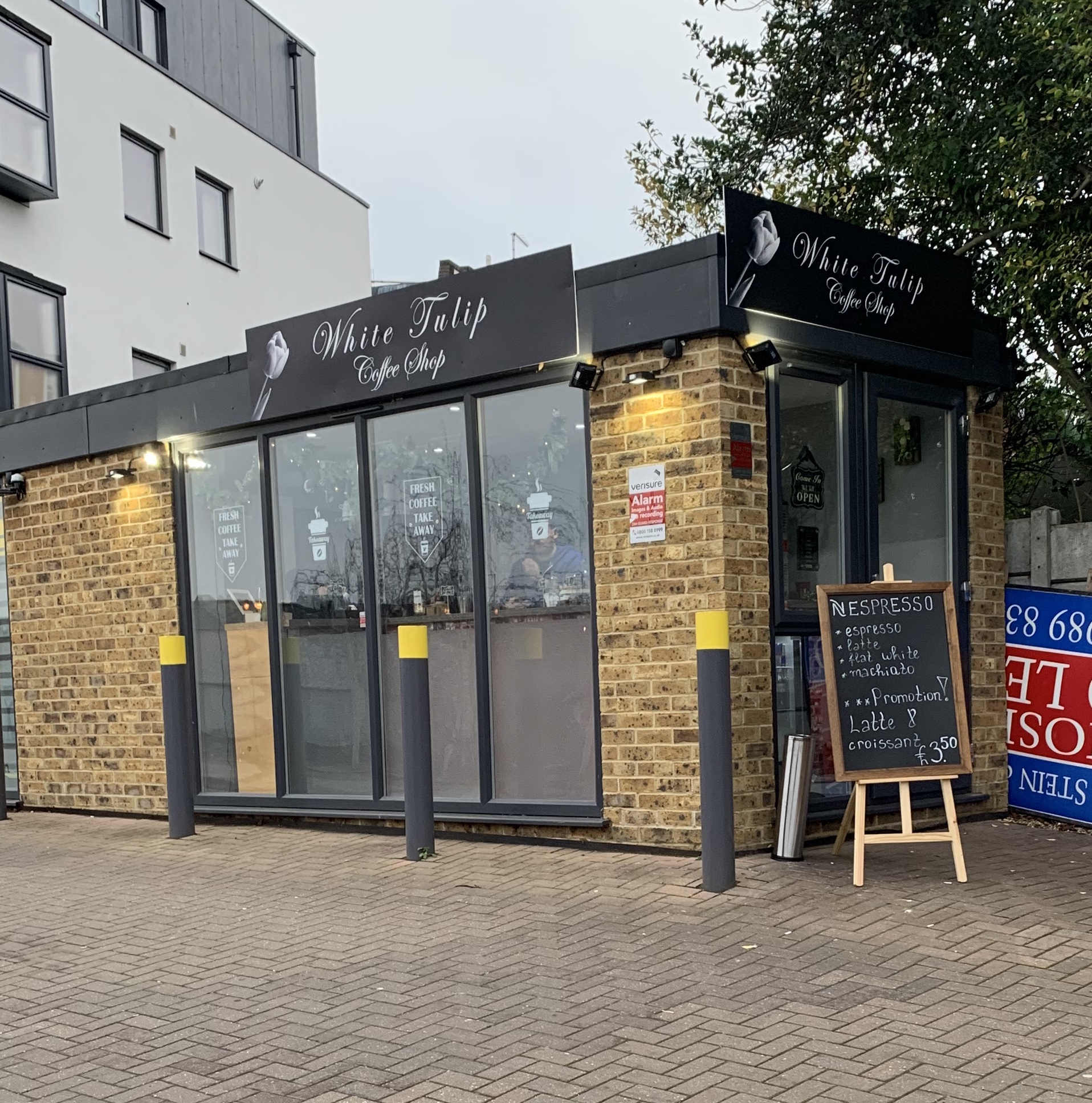 Commuters going back to work on Monday via Snaresbrook station have a new coffee shop to welcome them. White Tulip stealthily got set up in the spot latterly filled by the lamented Ironing Board but which has been empty for a year.
Commuters going back to work on Monday via Snaresbrook station have a new coffee shop to welcome them. White Tulip stealthily got set up in the spot latterly filled by the lamented Ironing Board but which has been empty for a year.